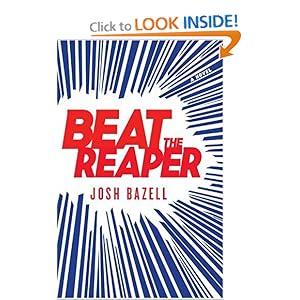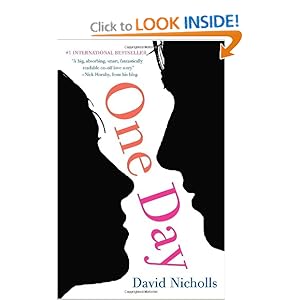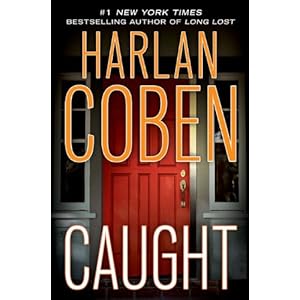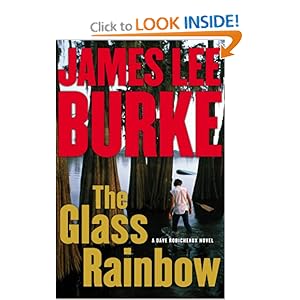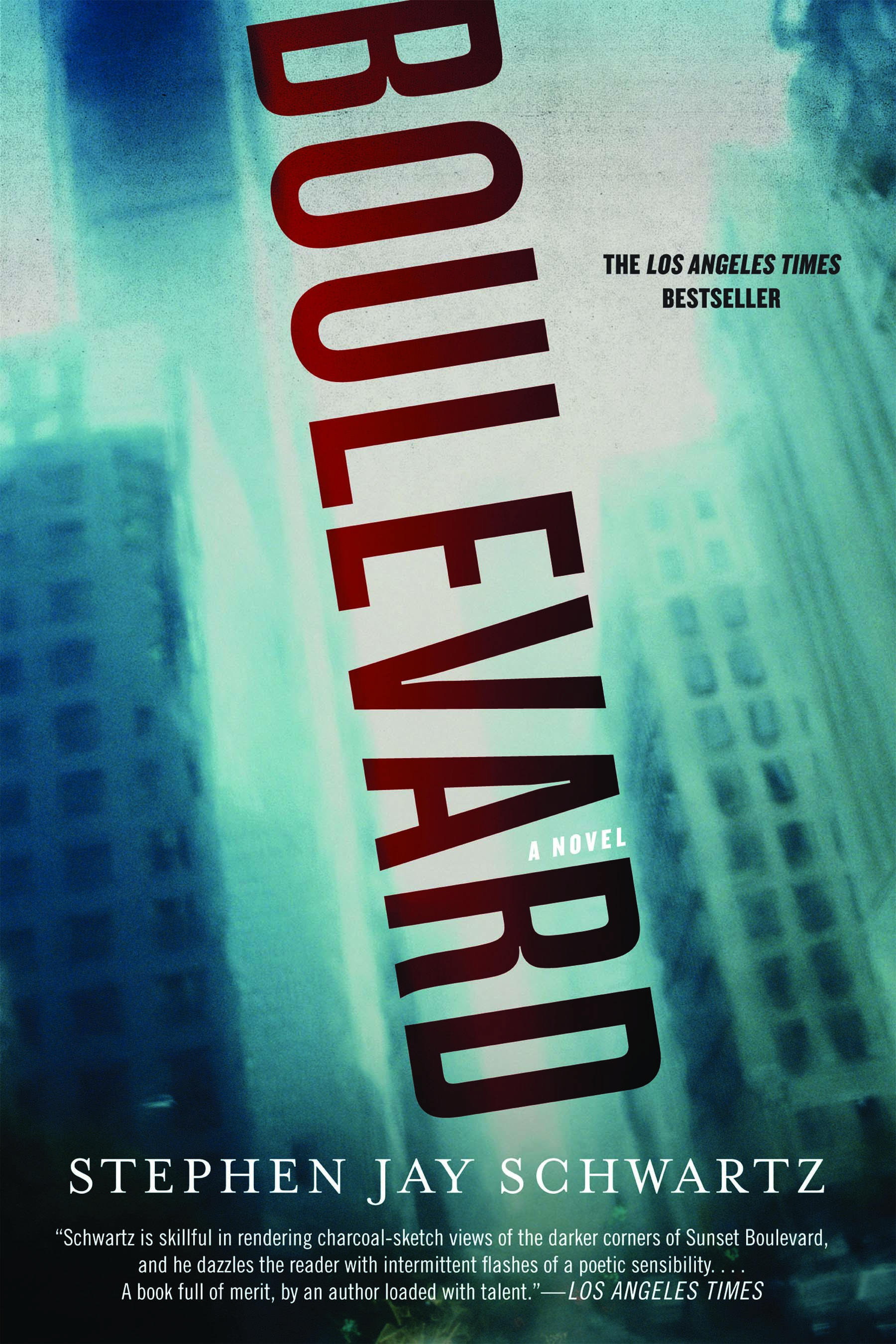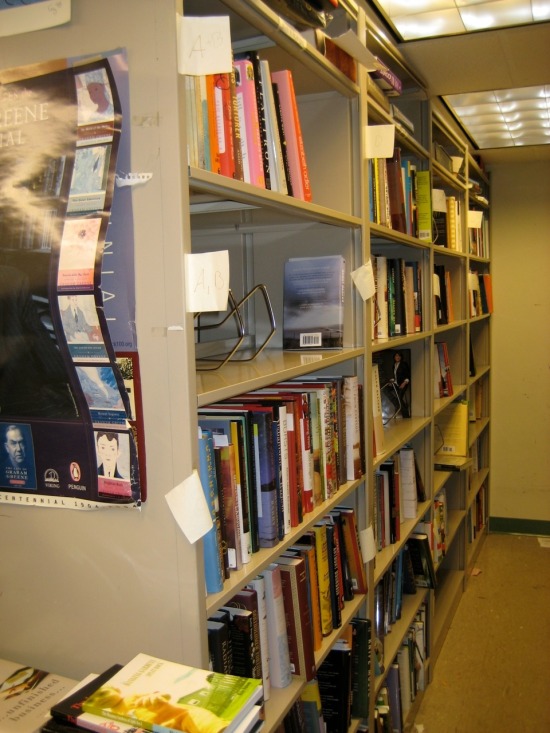by Alexandra Sokoloff
When my first book came out I didn’t read my reviews all that often, except the biggest ones. Maybe that was mostly because I was so deep in the middle of the second and it was such an intense experience that I blocked out most of what else was going on around me. I know some authors don’t read reviews at all. I don’t avoid them, but I don’t try to hunt them down. But you do get a lot of them by osmosis, and it is useful to have an overview, because by the fourth book I am getting a sense of some patterns of response, here.
And one of them I find really amusing, always from men, of course, is the “unnecessary romance” gripe. Usually phrased as “unnecessary sex”.
Now, the first thing that comes to mind is, “Unnecessary to whom, exactly?’ Because I know these characters I’m writing pretty well, and I can assure you that they don’t feel sex is unnecessary. As a matter of fact, if you asked them, they’d probably say it was about !%@#&* time by the time it finally happens. I myself would be pretty unhappy if I had to go the whole length of a book without sex.
But it’s really interesting how some genre puritans – I mean purists – just do not think sex belongs in a crime thriller, or a horror novel, or a mystery.
Maybe I’m just coming from a different frame of reference. I’m sure Steve, Rob and Toni can back me up on this – the love subplot is just de facto in Hollywood, except in the most extreme cases, and so you learn to weave it in as an essential part of your plot.
But I still can’t understand why people would be so put off by sex in a thriller. If you’re not getting off on the sex, doesn’t that mean, basically, you’re getting off on the violence? Worrisome.
Anyway, long rant to get to what I really wanted to talk about. I am not going to be taking sex out of my books (in fact, having done a paranormal, now, coming out in November, people who read me better be bracing themselves for more than usual). But I do feel very strongly that the love plot has to be essential to the action, and thematic, not just a throwaway.
It’s sort of a monumental task to take on the structure of romance, so I’m been starting to break it down into elements one at a time, to see what I can learn about what makes a great love story. I talked about how crucial theme is in a love story before, and today I’m focusing on a particular dynamic between characters that I’ve noticed lately.
There’s a saying I’m sure you’ve heard that in a relationship there is always a Lover and a Loved One. Whether that’s actually true in life, I’m not sure I want to know; one would hope these things would be somewhat equal. But I know this Lover/Loved One dymanic tends to be the case in romantic comedy (the romance readers/writers will have to tell me if it’s the case in romance fiction, I’d love to know your thoughts.). Either way, it’s a useful model for writing romance, and I think for a love subplot, too.
In most stories, for most of the story, there’s an imbalance between the hero and heroine, or hero/hero, or heroine/heroine… the two lovers, whatever gender and orientation they may be. (I’m not going to get into the subgenre of ménages today, sorry.)
At first what this looks like is that there’s a Pursuer and a Pursued – but the pursuer might not be the one who loves most deeply. The pursuit might be ego-based, or to win a bet, or obviously, just sexual conquest – any number of things.
Now, the two characters might equally hate each other at first: as in WHAT HAPPENS IN VEGAS, YOU’VE GOT MAIL.
But pretty quickly in most romantic comedies, one of the characters becomes more interested in the other, and becomes the pursuer.
Note that the protagonist can be either the pursuer or the pursued. In NOTTING HILL, Hugh Grant is the pursuer (in that diffident English way, of course…). In IT’S COMPLICATED, Meryl Streep is the pursued.
In WHEN HARRY MET SALLY, Harry is the pursuer. In YOU’VE GOT MAIL, Tom Hanks is the pursuer. In PHILADEPHIA STORY, Katharine Hepburn is the pursued. (arguably in these three films there is no true protagonist; the hero/heroine characters are about as equal as characters ever get in a story)
Hmm, do we see a pattern here? Male pursues, female is pursued. Maybe biology really IS destiny. No, wait – in BRIDGET JONES’ DIARY, Bridget is the pursuer. In BRINGING UP BABY, Katharine Hepburn is the pursuer (but not the protagonist). And I’m sure you can think of a lot of other examples.)
But the pursuer is not the same as the Lover, necessarily. In NOTTING HILL, Hugh is both the pursuer and the lover (he is definitely the one who feels most deeply in the tentative dance going on between him and Julia Roberts). In IT’S COMPLICATED, Alec Baldwin is very much the pursuer, Meryl Streep is the pursued, and Steve Martin is the lover (also a pursuer, but overwhelmed by Alec Baldwin’s intense pursuit. But in this trio, Steve Martin is most clear about who and what he wants.).
In WHEN HARRY MET SALLY, Harry is the pursuer, but not the lover. At a certain point, it’s Sally who realizes that she wants more than friendship. She becomes the lover.
In PHILADELPHIA STORY, Cary Grant is the pursuer and also the lover, but interestingly, he’s coming from much more of a position of strength than the lover usually comes from; from the beginning, he has no intention of compromising.
Pursued and pursuer, lover and loved one, different combinations of and variations on those dynamics.
And once I noticed that dynamic, I also noticed that there’s a very typical scene, usually in the very last part of Act II:2, but sometimes in Act III, that I’ll call “The Lover Makes a Stand” (Takes a stand? Makes a stand? Looking it up. Okay, it’s “makes a stand.”).
And in this scene the Lover, or whoever has become the Lover by this point, the one who loves most deeply, basically says to the Loved One – “I’m not going to take your bullshit any more. Make up your mind. Either commit to me or don’t, but if you don’t, I’m out of here.”
Steve Martin tells Meryl Streep that she’s not done with Alec yet, and he doesn’t want to see her while she’s still emotionally involved with him. Hugh Grant tells Julia Roberts in the bookstore that between her “vicious temper” and his far more inexperienced heart, he doesn’t think he would recover from being discarded again, and turns down her offer to date. Sally refuses Harry’s offer to go to the New Year’s party as his “friends with benefits” date because “I’m not your consolation prize, Harry.”
Cary Grant – well, in PHILADELPHIA STORY Cary makes his stand at the very beginning, in action, not words. The whole movie is about him creating a situation that will force Katharine Hepburn to look at herself clearly and choose what and whom she really wants. Cary never begs. He manipulates, then stands back and watches until she falls, and in falling becomes the whole woman he always knew she could be, but he will not accept less than.
(And that, btw, is the sort of thing that makes a person Cary Grant…)
In all of the above scenes, the Lover’s Stand forces the Loved One to step up and commit just as deeply as the Lover is committed. But it seems that very, very, very often, it’s one character, the Lover, who has to force the issue.
It’s such a common scene, I’m going to have to stick it in my Story Elements Checklist, right around Sequence 6 or Sequence 7.
Now, sometimes there’s a different scene at this juncture, which I will call The Declaration. A very good example is in BRIDGET JONES’ DIARY, when Bridget races to the party to tell Colin Firth she loves him, only to find that his parents have thrown the party to announce his engagement and departure for America. Then she makes her Declaration – a mangled sort of toast that Colin understands is her desperate confession of love. It’s not the same as a Make a Stand scene because it’s not saying, “I’ve had it, I’m walking.” But it does put the cards on the table so the Loved One will have to make a decision, one way or another.
The more I look specifically at the way love plots work, the more these elements seem to be the natural – or unnatural, if you want – rhythm of courtship. For better or worse, but that’s the way the game plays out. And that’s an interesting thing to know, whether your book or script is all romance, or whether you’re working on a love plot for your mystery or thriller.
What do you think, all you romance writers out there who are far more qualified to write this post than I am? Am I on to something, here?
Any examples of Pursuer/Pursued, Lover/Loved One? Or examples of The Lover Makes A Stand scenes or Declaration scenes for us? Or other essential elements of romance/love plots that you’ve found?
Or am I wrong, and sex really doesn’t belong in a mystery/thriller?
– Alex
———————-
I’m teaching a 2-week online Screenwriting Tricks For Authors workshop this month – details here.

